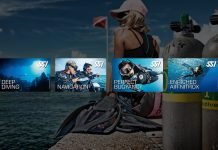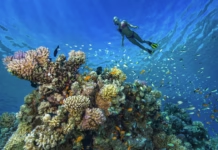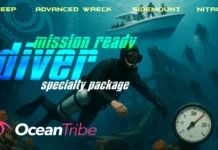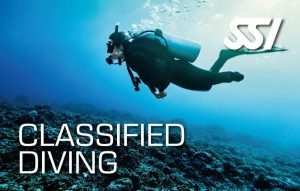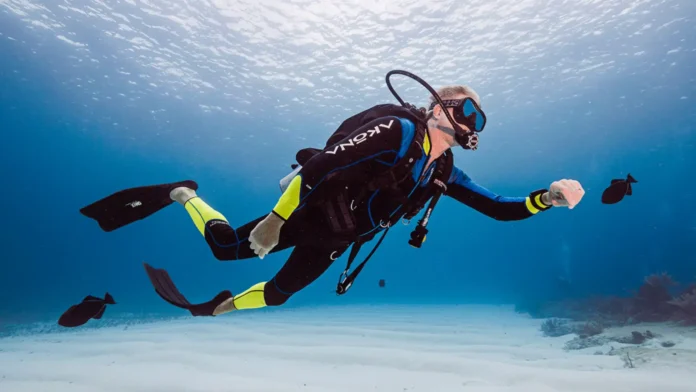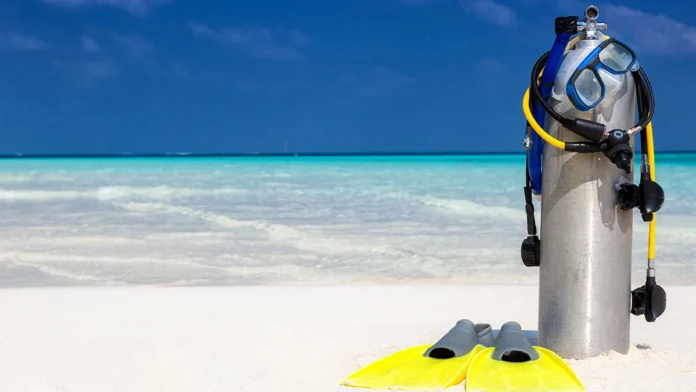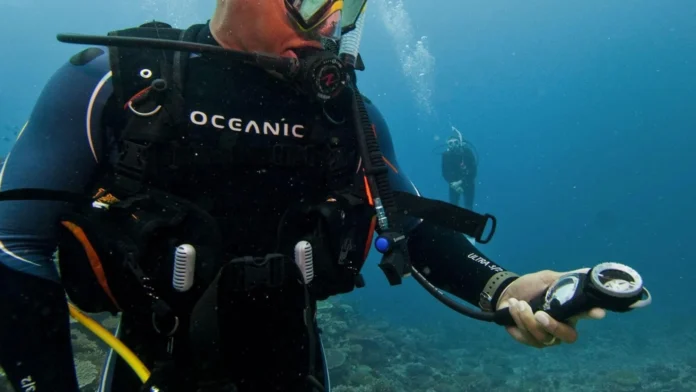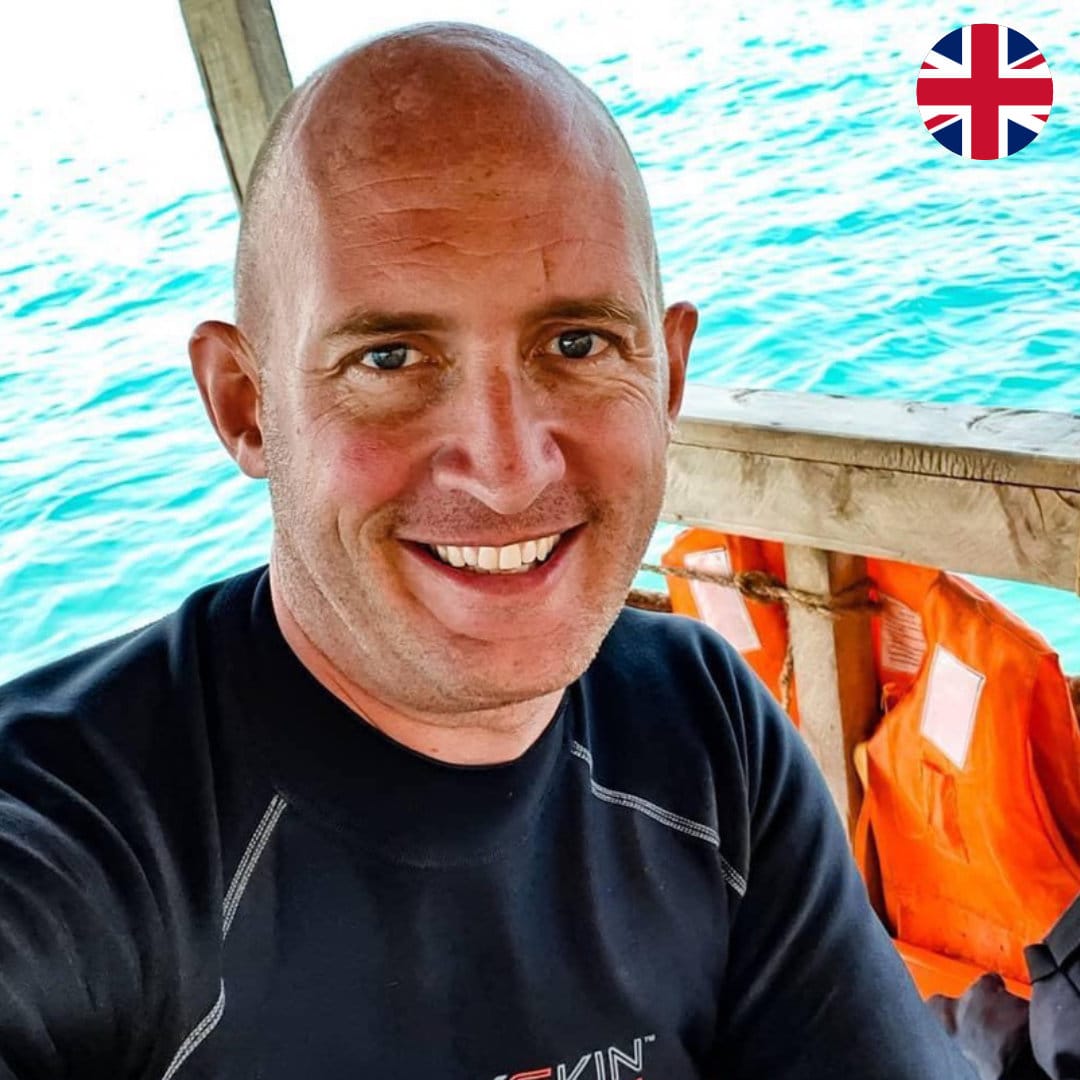Few diving experiences are as thrilling as slipping beneath the surface and discovering the haunting beauty of a shipwreck. These submerged giants hold stories of history, adventure, and mystery. But to truly explore them safely and in depth, divers need more than just curiosity. They need the right training. That is where a wreck diving course comes in, transforming you from a standard recreational diver into an underwater explorer.
Why Choose the Advanced Wreck Diving Course?
An SSI Advanced Wreck Diving course goes beyond simply looking at wrecks from the outside. This training teaches you the skills to penetrate a wreck safely, use advanced equipment configurations, and manage the unique challenges that wreck environments present. It opens the door to hidden corridors, cargo holds, and forgotten details that most divers never see.
By mastering these skills, you are not just adding another certification. You are becoming a confident diver capable of handling more complex and adventurous dives. For many, it is the natural next step after building experience with recreational wreck diving.
What You Will Learn
During an advanced wreck diving course, you will:
- Practice using reels, lines, and torches for safe wreck penetration.
- Learn finning techniques that reduce silt and preserve visibility.
- Build awareness of hazards unique to wreck environments, such as entanglement points and overhead zones.
- Refine dive planning and gas management for limited-space exploration.
- Experience the thrill of entering wreck interiors under the guidance of experienced instructors.
Every dive is practical, progressive, and designed to build your confidence and competence.
Pathway to Higher Ratings
Completing a wreck diving course does more than give you unforgettable adventures. It also counts toward your SSI continuing education ratings. Combined with your logged dives and other specialties, it helps you achieve Specialty Diver, Advanced Open Water Diver, and Master Diver status. This course is both a thrill and an important milestone in your journey as a diver.
Dive the MV Alpha Funguo Shipwreck
One of the highlights of diving in Diani is the MV Alpha Funguo, an artificial reef deliberately sunk to create one of the area’s premier dive sites. Sitting upright on the seabed, this former fishing vessel has transformed into a thriving habitat for marine life, with schools of jack, barracuda, and snapper circling its decks. Coral growth now decorates the railings and hull, turning it into both a photographer’s dream and an ideal training site for penetration dives.
The MV Alpha Funguo offers safe entry points, open cargo holds, and accessible cabin area, making it perfectly suited for learning wreck skills. As you descend onto the wreck, you are not only exploring a piece of local history but also experiencing firsthand how a shipwreck becomes part of the ocean ecosystem. For many divers, the Alpha Funguo is the unforgettable moment when wreck diving turns from curiosity into passion.
I Don’t Want to Penetrate the Wreck but Am Interested in Wreck Diving
Not every diver wants to go inside a shipwreck, and that is perfectly fine. The shorter SSI Wreck Diving Specialty is designed for those who prefer to explore wrecks from the outside while still gaining valuable knowledge. This course focuses on safe navigation around wrecks, understanding their history and structure, and appreciating how they develop into artificial reefs that support marine life. It is a great choice if you love the atmosphere and mystery of wrecks but want to keep your dives simple and open. Many divers take this course first and then decide later whether they want to progress to the more advanced wreck penetration training.
Ready to Take the Next Step?
If you are ready to go beyond the basics and see what lies inside the wrecks you have always dreamed of exploring, our wreck diving course is your path forward. Take the plunge, master the skills, and unlock the secrets hidden under the ocean.
FAQs About the Wreck Diving & Advanced Wreck Diving Course
Do I need to be an experienced diver to take a wreck diving course?
You should already be a certified diver with some logged dives. As our wreck sits at 30m, you will also need to be qualified to dive to that depth. Most divers complete the Deep Diving Specialty or Advanced Adventurer before moving on to the more advanced wreck training.
What is the difference between the SSI Wreck Diving Specialty and the Advanced Wreck Diving course?
The SSI Wreck Diving Specialty focuses on exploring wrecks from the outside, teaching navigation, history, and safety around wreck sites. The Advanced Wreck Diving course includes penetration skills, reels, and overhead environment training for exploring inside the wreck.
Is the wreck diving course dangerous?
Like all diving, wreck diving has risks, but the course is designed to teach you how to manage them safely. You’ll learn proper planning, buoyancy control, equipment use, and safety techniques before attempting any penetration.
Where will I dive during the wreck diving course in Diani?
One of the main sites is the MV Alpha Funguo, a purpose-sunk wreck that sits upright on the seabed. It has open cargo holds, safe entry points, and plenty of marine life, making it an ideal training site.
Does the wreck diving course count toward higher certifications?
Yes. Both the SSI Wreck Diving Specialty and the Advanced Wreck Diving course count toward your continuing education. They can be combined with logged dives and other specialties to earn SSI Specialty Diver, Advanced Open Water Diver, and Master Diver ratings.
Do I have to go inside the wreck to enjoy the course?
Not at all. Many divers prefer the shorter SSI Wreck Diving Specialty, which focuses on exploring the outside of wrecks. You can always choose later to continue on to the advanced course if you want to penetrate wrecks safely.
How far inside the wreck will I go on an Advanced Wreck Diving Course?
You will penetrate within the light zone and follow the rule of thirds. For going beyond the light zone you should get much more experience in wreck diving and also seek further training in more wreck diving techniques and extended range technical diving.






